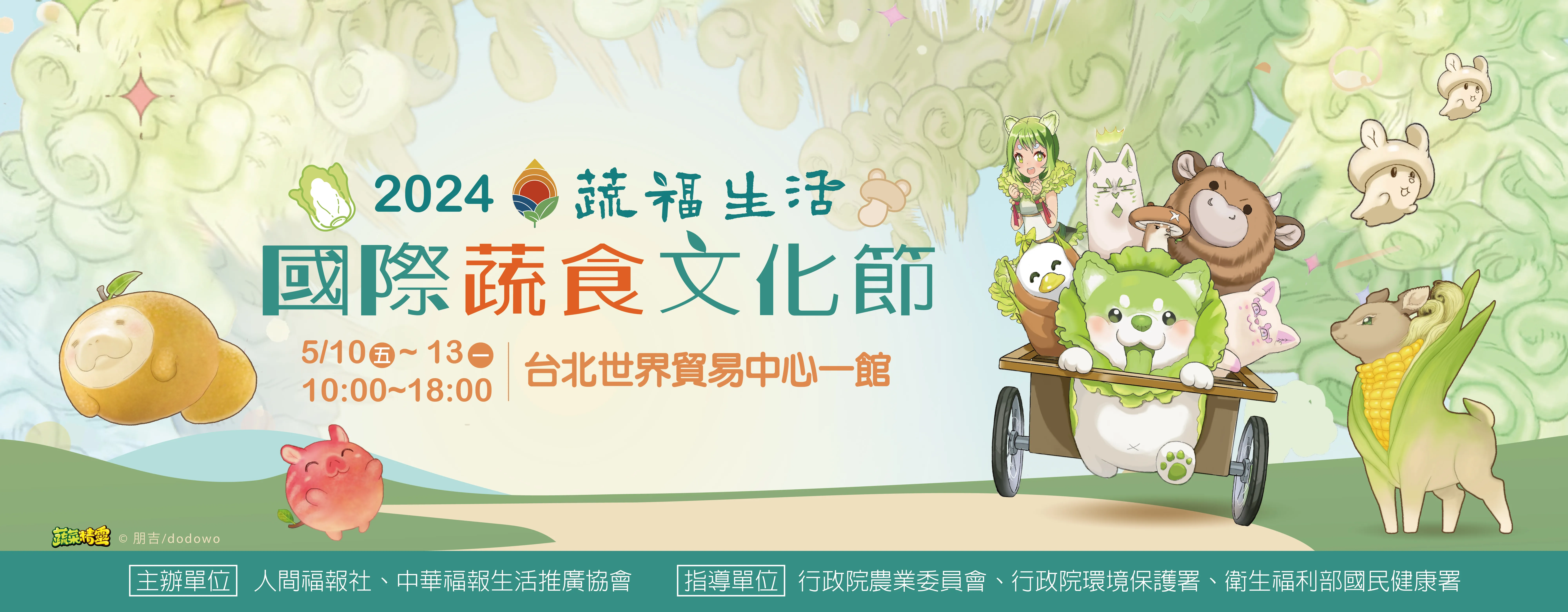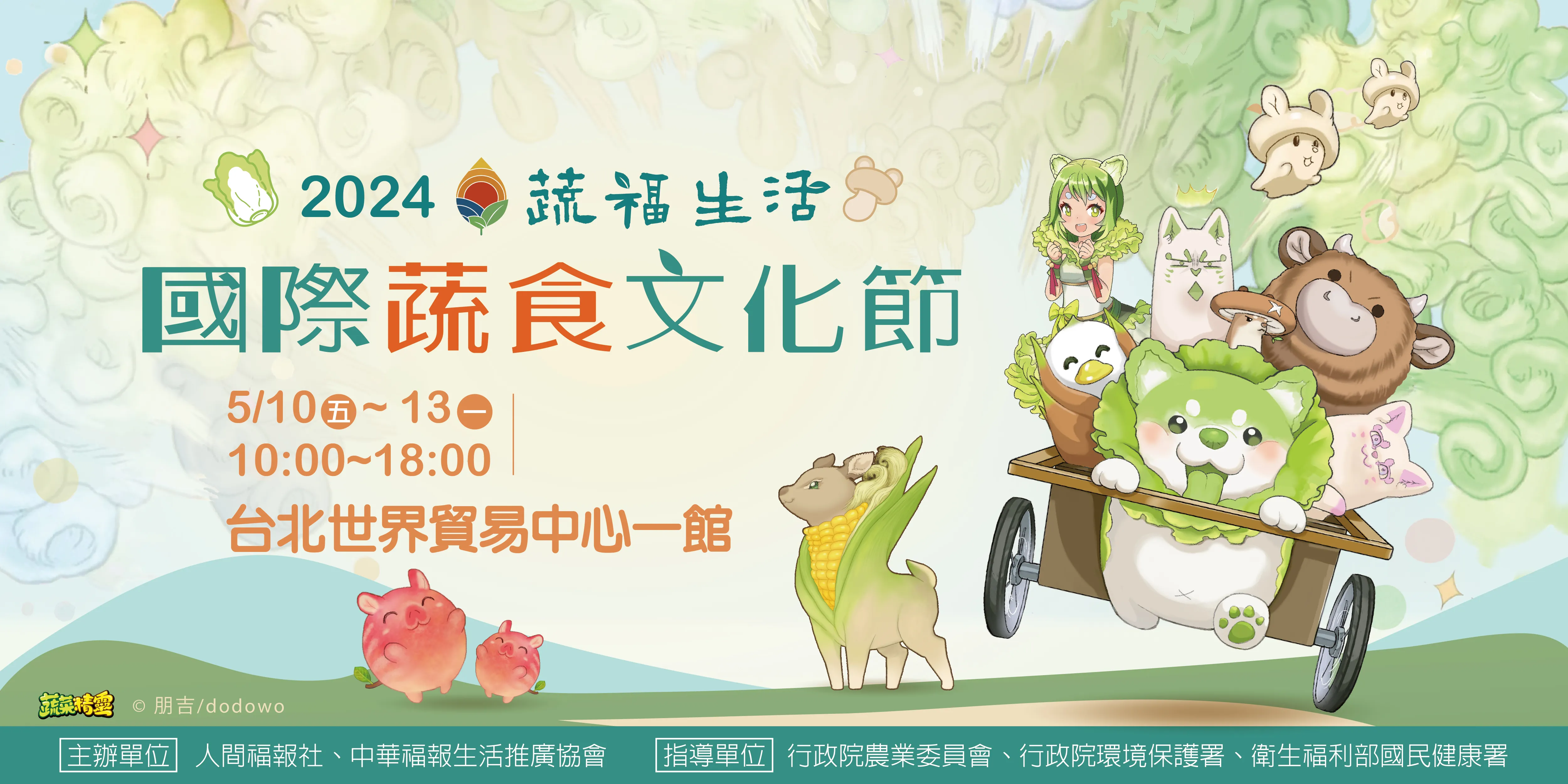


| 時代: | 東漢至三國時期 (西元25-280) |
| 出土地點: | 傳世品 |
| 尺寸: | 高度:9.5 cm 長度:18.7 cm 寬度:6 cm 重量:940 g |
| 質地: | 高古青銅錯金銀 |
| 數量: | 1 |
勇牛身上主體紋飾為鳳紋,頭部、四足與身上局部處有捲紋,所有紋飾皆是東漢末年標準錯金銀紋飾。勇牛角、耳朵和尾部以澆鑄方式熔合,器身有局部紅斑、綠鏽與泛金鏽,全器有老包漿,能量很強,胎體含紅銅量高、含錫量低,延展性佳,銅胎修胎細緻、表面平整,範合線較不明顯,錯金銀平整、紋飾細膩,凸顯出東漢沿襲前朝後,精益求精的冶金工藝。
The primary decorative motif on the body of the ox is the phoenix design, with curled patterns present on its head, legs, and certain areas of its body. All these patterns adhere to the standard gilded and silvered designs of the late Eastern Han period. The horns, ears, and tail of this brave ox were fused using the casting method. The body of the artifact shows localized red spots, green rust, and patina. The entire piece bears an aged patina and exudes a powerful presence. The bronze body contains a high percentage of red copper and a low percentage of tin, contributing to its good malleability. The bronze body has been meticulously repaired, resulting in a smooth surface. The joining lines of the mold are not very apparent. The gilded and silvered surfaces are even, and the patterns are finely detailed, showcasing the advanced metallurgical techniques that persisted from the previous dynasty into the Eastern Han period.
用陶範模製作,器身底部有不明顯的範合線,鑄造器物前先在範上為鑄具預留凹線,將純金片、純銀絲鑲崁在器物表面凹入的線條,再用磨石、皮革將金片與銀線磨平,錯金銀線條一致、工藝精美。
The artifact was created using a clay mold, and there are faint mold joining lines at the base of the body. Before casting the artifact, recessed lines were prepared on the mold to accommodate pure gold pieces and silver threads, which were then embedded onto the artifact's surface. Grinding stones and leather were then used to level the gold pieces and silver threads. The gilded and silvered lines on this piece are uniform and exquisitely crafted, reflecting the typical gilding and silvering technique of major Eastern Han bronze decorations.
